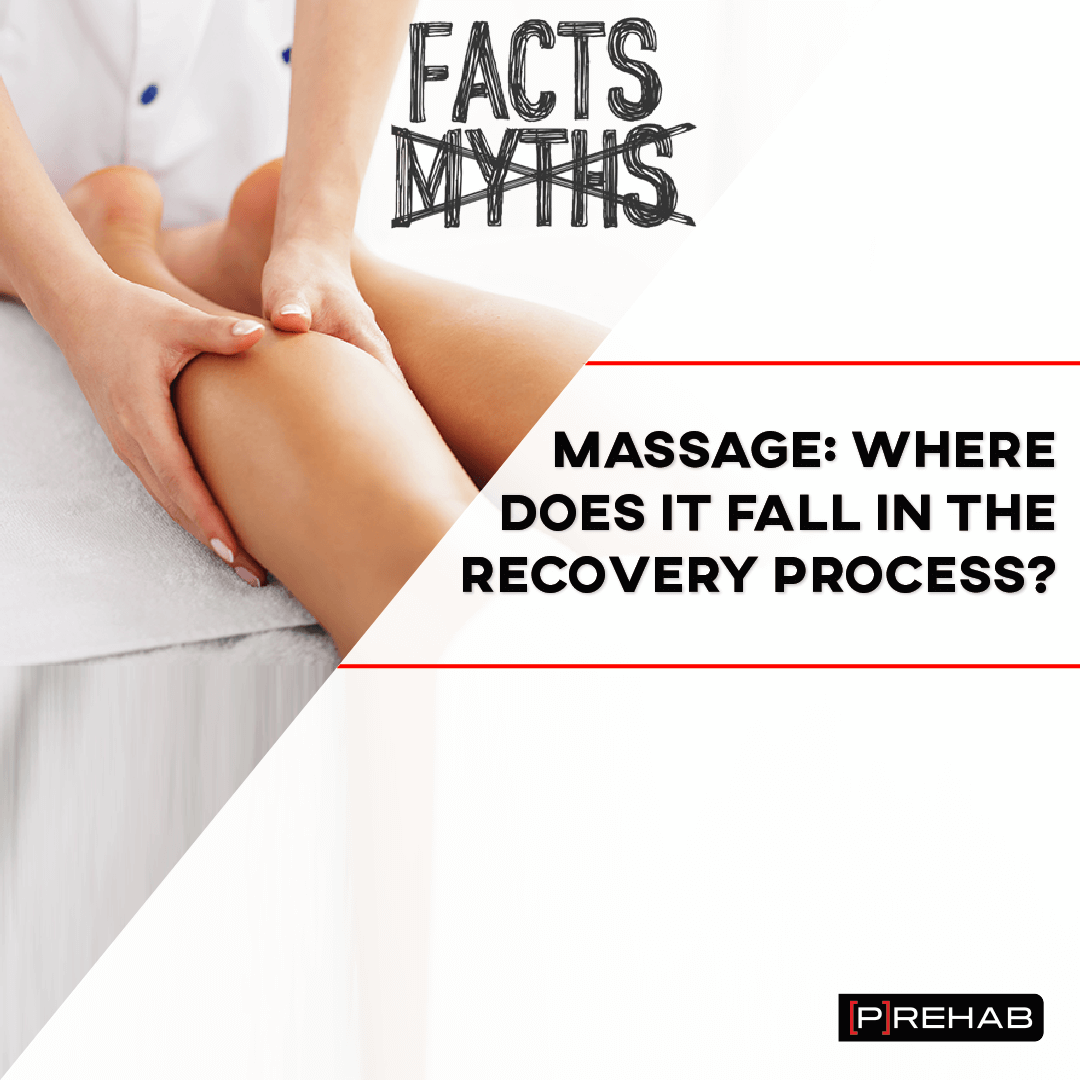
There are many cultural themes that carry between different sports physical therapy settings, especially at the higher levels of competition, but one that has always stuck out to me is the concept of massage. It doesn’t matter if you’re an elite athlete, a weekend warrior, a high school track runner, an elderly fall risk patient or you’ve been referred to me for a one time visit from your orthopedist — the question is painfully frequent regardless of patient demographics: “can I get a massage?” Selfishly, I’m excited to write this article to have on hand as an educational piece for many of my athletes — rather than explain my thought process verbally time and time again. If you are one of my athletes, please know you’ve been sent to this article in an effort to further polish up your already deep knowledge of how to better take care of your body. But more likely than not, you aren’t an athlete under my care — and in that case, I hope to temper your expectations and beliefs behind this passive intervention. Read on to learn more about massage and recovery.
How should a physical therapist make a decision?
In my five short years as a sports physical therapist, I have been fortunate enough to have worked with every tier of athlete across all practice settings: outpatient sports physical therapy clinics, professional/collegiate/high school athletic training rooms, sideline venues, and (where I’m at currently) the United States Olympic and Paralympic Training Center. Without a doubt, the few times that I’m actually performing some soft tissue massage, other patients walk by in-between their exercise programming and exclaim with angst: “why don’t I get that kind of treatment?” or “I want what he’s having!” Sorry all: unpopular opinion coming up but, in short, it’s because you don’t need it from me. Massage is so commonly associated with physical therapy and rehabilitation, more often for the worse than the better. Don’t get me wrong, it certainly has its place, but what/when is that place? And is there any actual evidence behind its use?
Before we dive into any of the evidence, philosophies, or culture behind massage, one of my new favorite visuals to use in patient education is this Venn Diagram from the well-known researcher, Tim Gabbett (1).
(Gabbett, 2020)
There are three parts to this Venn Diagram: 1.) clinical experience, 2.) athlete values and expectations, and 3.) research evidence. Ideally, a good clinician should operate right in the middle of these three spheres. Leaning too far into any of these and we fall short as a provider. Lean too far into personal clinical experience, and your interventions become bias. Lean too far into research evidence, and you become, what I like to call, a dork (believe it or not, research doesn’t always translate to practice seamlessly). New graduates tend to fall in this sphere. Lean too far into athlete values and expectations, and you’re a push-over, giving hand-outs in response to whatever the athlete or patient demands. In my own opinion, and at the settings I’ve traditionally worked in, this is where massage is typically rooted from a decision-making perspective.
This is the sphere of decision-making that massage is unfortunately often made upon.
In other words, it’s usually provided secondary to an athlete or patient asking for it. Athletic trainers, physical therapists, massage therapists, and chiropractors are usually seen on ESPN, vigorously performing manual therapies and massage with athletes on the sideline. That trickle-down effect works its way into the psyche/beliefs of up-and-coming athletes and the public, and suddenly many start thinking “I need that to recover.” Compare and contrast this example to how quickly cupping took off after the Rio Games with Michael Phelps. The situation isn’t all that different.
If you pressure your therapist for massage, he or she will probably be more inclined to provide it. Much like if you pressure your surgeon or orthopedist for pain medication, it’s going to influence the likelihood of you receiving it. Of course, the risk/reward in these situations are far different (possibilities of lost time with massage versus possibilities of developing addictive habits with opioids, but in the effort of optimizing your recovery or managing your musculoskeletal pain, I assume you’d like to squeeze as much juice as you can from the fruit. If we’re talking strictly about recovery, where can most of that juice be found?
Dealing With Hip Tightness? Learn How To Improve It With Mobility Programming!
The powerhouse of the movement system: the hip. With all of the force is can generate and without purposeful attention this joint can start to feel pretty stiff. It’s a ball and socket joint by design meaning it was made to move in all planes of motion. If you want to optimize your movement system hip mobility is a great choice!
How to prioritize recovery
Take a long glance at this pyramid below (2). This is a graphic taken from the National Strength and Conditioning Association’s Essentials of Sport Science. This is another one of my recent favorites with education on recovery. Where have you traditionally focused your efforts on in the past after a hard workout?
The Recovery Pyramid.
Naturally, the foundation of recovery is at the bottom of this pyramid. The three core principles that all recovery should likely be founded upon are sleep/downtime, nutrition/hydration, and water immersion therapies. As you’ve probably noticed, these are the least sexy interventions on this pyramid. Take note that massage falls near the top of the pyramid with lower yield interventions like cryochambers, electrical muscle stimulation, and vibration therapies. It’s not to say that things near the top of this pyramid don’t help. Many athletes will claim the impact that these interventions have made on their careers. But what I’d like you to take away from this discussion is that there are higher priority recovery strategies that you need to optimize first. It’s like having three flat tires on your car, but you’ve opted to vacuum the carpets inside instead of putting air in your tires/replacing them. What’s going to get you the most bang for your buck? Fill the tires up first (sleep, nutrition), vacuum the carpet later (massage, low-yield recovery strategies).
READ: HOW TO IMPROVE RECOVERY
Want to learn more about optimizing your recovery? Read this article below!
What are some of the working theories behind massage and recovery?
In general, many of the working theories behind massage have floated from generation to generation of athletes (all of which we will dive into deeper as you read on). To name a few:
- It helps aid in recovery.
- It helps flush the muscle bellies of lactic acid.
- It helps to break up adhesions and scar tissue.
Unfortunately, much of the literature examining the benefits of massage contains significant methodological flaws. Things like poor standardization of the previous exercise (how much exercise or at what intensity is the exercise performed prior to studying the effect of massage), poor sample sizes (not enough athletes), or inappropriate durations of massage (too little or too much) (3). Aside from these issues in the literature, clinicians that continue to provide massage often do so entirely from anecdotal evidence/personal experience or because athletes request it (refer back to our Venn Diagram from earlier). As we’ve discussed, massage is very common in sports medicine, especially at the higher levels of competition (collegiate, professional, and Olympic levels). This further solidifies the identity of massage in sports medicine culture, influencing our folks in the general public and younger athletes.
Another type of modality that has questions surrounding its usefulness in recovery and performance is dry needling. Listen to our podcast on this topic!
LISTEN: WHAT IS DRY NEEDLING?
Well… does massage actually aid in recovery?
Maybe. It depends on how you measure “recovery,” which is a fairly ambiguous term. Do you measure this in terms of lactate clearance? Performance metrics? Muscle biopsy results? Or general athlete feedback/review? All provide beneficial insight, but many of these will have a different meaning to you depending on if you’re a researcher or a high-level athlete.
In an article by Robertson et al, researchers looked at the effects of massage on recovery following high-intensity bouts of cycling (3). Subjects performed six bouts of high-intensity cycling lasting 30 seconds each. Afterward, subjects would either rest for 20 minutes in a supine position or receive 20 minutes of leg massage. After this, each subject performed a Wingate Test (cycle test of anaerobic power). Blood samples were drawn and heart rate, peak power, mean power, and fatigue indexes were recorded. Once the data was analyzed, there was no significant difference in blood lactate levels, heart rate response, peak power or mean power. Interestingly, there was a difference in “fatigue index” which is a fancy name for the percentage of change in power output between the first five seconds and the last five seconds of each bout of exercise. The authors thought this may be suggestive that massage provides some form of fatigue resistance — however, this would require more research.
In a similar study by Hemmings et al, researchers examined the effects of massage on perceived recovery, blood lactate removal, and several performance metrics (4). Instead of cyclists, these researchers used boxers. Subjects performed two separate 5×2 minute bouts of simulated boxing and received either massage or no massage in-between as an intervention. These researchers found that massage did not affect repeated sports performance through any of the objective variables they were measuring. However, as you may have guessed, these athletes did have an improved perceived recovery, which was measured through a basic questionnaire. Regardless of whether the recovery took place physiologically or psychologically, many of these athletes felt fresher for their second bout of simulated boxing.
In a very technically demanding article by Crane et al, researchers actually took muscle biopsy samples from athletes following a bout of intense exercise coupled with a massage afterwards (5). These researchers performed protein signal analysis and metabolite quantification in an attempt to characterize the changes that massage had on muscle following exercises. Much like in the last two studies we’ve discussed here (which looked at blood lactate), there was also no change in muscle lactate levels. However, they found that massage aided in some other pathways including the activation of mechanotransduction pathways (the body taking mechanical signaling and utilizing it for homeostasis and healing purposes, i.e. bone growth from resistance training), mitochondrial biogenesis (an increase of the mass of mitochondria in a cell, thus improving the generation of chemical energy) and helped to mitigate cellular stress from myofiber injury.
And lastly, there were some biomechanical and mechanical engineers that were kind enough to further examine the effects of massage/manual therapy on firm tissues of the body (6). Using some technical prowess far above my pay grade or intellect, these researchers developed a dimensional model for exploring the relationship between mechanical forces applied on the surfaces of human fascia in manual therapy and resulting deformation. These were done on three fasciae comically ranging on the spectrum of toughness: 1.) the fascia lata, 2.) plantar fascia, and 3.) superficial nasal fascia. The models they produced found that very large forces “outside the normal physiologic range” are required to produce even 1% of compression in the fascia lata and plantar fascia. However, we can successfully massage that nasal fascia though. (“Honey, I’ve had a long day. Will you massage my superficial nasal fascia?”)
How To Recover Faster From Muscle Soreness
A quick word to massage therapists
Y’all are the true heroes. Patients absolutely love you. Your skillsets are needed, sought after, and frequently requested. Here at the Olympic and Paralympic Training Center, our contract massage therapists are beloved by our athletes. You help athletes feel better, perform at their best and only provide value — with almost literally no risk. Everyone wins from the risk/reward ratio perspective. That being said, I’m a huge advocate for your services and perspectives from a soft tissue management standpoint.
However, the poison in the punch is the education behind massage that all clinicians have been guilty of, not just massage therapists. “Releasing adhesions,” “breaking up scar tissue,” “flushing lactic acid from the muscle” and telling patients they need regular and frequent massage services can be problematic. It sets up an environment for dependency on these services… which those of us in the rehabilitative field need to actively avoid creating. Setting athletes and patients up for success requires setting expectations, careful education, and dissolving cognitive distortions regarding care (“I need to be realigned,” “I need this massage to feel better,” etc). It is this misinformation that is packaged and delivered to athletes and patients that all clinicians must do away with.
The Prehab membership is the anti-barrier solution to keeping your body healthy. Access state-of-the-art physical therapy, fitness programs, and workouts online in the comforts of your own home or gym! Taking control of your health with exercise & education from the palm of your hand has never been easier. Get access to 50+ programs, 100+ unique workouts, and 3000+ exercises to build your own workout routines. Trial it for free, and learn how to get out of pain, avoid injury, and optimize your health with [P]rehab!
My final thoughts (for the clinician)
Just remember, this isn’t about you. Never has been, and never will be. Don’t provide services, especially massage, to demonstrate why athletes need you, or how “good your manual skills are.” If an athlete is seeing you for a bigger issue or theme (ACL rehabilitation for example), please utilize your deep well of knowledge and rehab principles to address the issues at hand (minimize pain, reduce swelling, apply a progressive load, utilize your strength and conditioning principles, use your return to sport decision-making skills) and limit how much time is spent on quadriceps massage. That being said, in contrast, I do believe that soft tissue interventions provided for a specific purpose (i.e. loss of external rotation in a shoulder following pitching from the mound) carry far more purpose than general requests (“can I have an hour-long session of full body massage?”).
If you were hungry, would you opt for a full, well-balanced meal? Or would you go for an ice cream cone? One addresses the underlying issue, while one provides for some transient, “feel-good” relief. I don’t know about you, but I’ll always go for the high-yield interventions much like I’ll try and strive for the nutrient-dense, satiating meal. Ice cream is great occasionally, but rarely does it make you feel full.
My final thoughts (for the athlete/patient)
Massage is a wonderful service when framed in the right state of mind. Become a student of recovery, individualizing your own personal preferences, but first satisfy the greater themes of what the body needs for recovery (nutrition, sleep, etc). If you have the tools and resources, utilize them. If you don’t, either from a financial standpoint or time standpoint — it’s okay. Your body does not need this to recover. Your body is equipped with incredible restorative abilities that are well beyond the scope of this blog. Support those through sleep and nutrition and you will go far.
A really awesome post-competition recovery protocol was proposed by Gregory Dupont et al. in an easily digestible article found in the Aspetar Sports Medicine Journal (7). This is a wonderful summary of the many points made in this article today. If you notice… massage isn’t in this.
We are big fans of teaching people how to do soft tissue mobilization on themselves, it’s the timing and place that we have an issue with sometimes. Your time spent directly with us can be better spent working on learning movement, exercising, sport-specific skills, etc. We can teach you how to do soft tissue mobilization and self-massage, but it’s best you do this on your own time as wanted and needed. We are big fans of Therabody and its recovery products, which do a great job educating you in the process.
However, if you’re an athlete at the 99th percentile of your sport (professional), and you’re looking for that extra 0.01% improvement, I’m down for a regular massage. By all means, every bit matters. And at the highest level, you’ve earned the right to frequent massage. However, if you’re a developing athlete (high school), there are so many other areas to chip away at that provide greater yield in your athletic career; and in that case, I hope this article has better helped shape your perceptions of this small corner of your recovery habits.
Closing Thoughts
To quickly summarize that giant blob of research, here are the major take-aways:
- We’re not advocating against getting massages or soft tissue work done, but understand where it falls in the recovery pyramid scheme. It is definitely worth your time to learn how to do self soft tissue mobilization and manual work on your own if you like it and find it beneficial!
- Lactate levels (blood or muscle) are generally not affected by massage. Most performance metrics (heart rate, peak power, mean power) are generally not affected by massage either. However, some metrics seem to be positively affected like fatigue index.
- The contributions of massage seem to largely be influenced by the psyche or due to the perceived benefits of the athlete (think athlete values and expectations on our Venn-Diagram from above).
- There are some very interesting findings reported by Crane’s muscle biopsy work, but their beneficial effects on recovery are not through the typical benefits thrown around in casual conversation (lactate levels). Despite the high technical skills required to perform their research, their findings are criticized as they measured and reported genetic “signals” rather than actual results. However, their research is probably some of the most in-depth in the massage literature from a scientific front.
- And lastly, it’s not humanly possible to even deform some of the toughest fascia in the body by 1%… which likely carries over to some of the claims we tout with massage and adhesion/fascia management.
Optimize Your Hip Mobility With Our Program!
Don’t let hip stiffness stop you from doing what you love! Time to give those joints some attention with a full mobility program, with evidence-based exercises and education at the forefront. Get started HERE.
References
2. French D, Torres Ronda, L. 2021. NSCA’s Essentials of Sports Science. Human Kinetics, Champaign, IL.
7. Dupont, G. et al. (2015) ‘Football recovery strategies’, Aspetar Sports Medicine Journal, 4, 20–27.
About The Author
Christopher Lefever, PT, DPT, SCS, CSCS, USAW
[P]Rehab Writer & Content Creator
 Originally from Reading, Pennsylvania, Chris graduated with his bachelor’s degree in exercise science and a doctorate of physical therapy from Slippery Rock University. He afterwards completed a sports physical therapy residency at the Memorial Hermann IRONMAN Sports Medicine Institute. He later completed a division 1 sports physical therapy fellowship at Duke University where he worked closely with Duke football, basketball and lacrosse. He returned to Houston afterwards with Memorial Hermann to help develop an emerging division 1 sports physical therapy fellowship. Present day, he practices with the sports medicine team at the United States Olympic and Paralympic Committee in Colorado Springs, CO. Chris is board certified sports clinical specialist (SCS), certified strength and conditioning specialist (CSCS) and certified in dry needling. He has a particular interest in post-operative rehabilitation of the athletic knee, shoulder, hip and elbow.
Originally from Reading, Pennsylvania, Chris graduated with his bachelor’s degree in exercise science and a doctorate of physical therapy from Slippery Rock University. He afterwards completed a sports physical therapy residency at the Memorial Hermann IRONMAN Sports Medicine Institute. He later completed a division 1 sports physical therapy fellowship at Duke University where he worked closely with Duke football, basketball and lacrosse. He returned to Houston afterwards with Memorial Hermann to help develop an emerging division 1 sports physical therapy fellowship. Present day, he practices with the sports medicine team at the United States Olympic and Paralympic Committee in Colorado Springs, CO. Chris is board certified sports clinical specialist (SCS), certified strength and conditioning specialist (CSCS) and certified in dry needling. He has a particular interest in post-operative rehabilitation of the athletic knee, shoulder, hip and elbow.
Disclaimer – The content here is designed for information & education purposes only and is not intended for medical advice.
About the author : Chris Lefever
5 Comments
Leave A Comment
You must be logged in to post a comment.




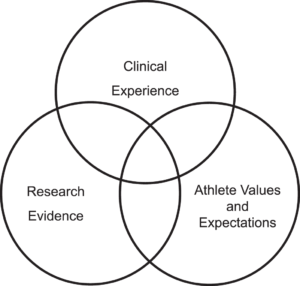
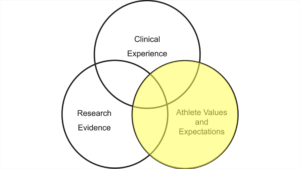
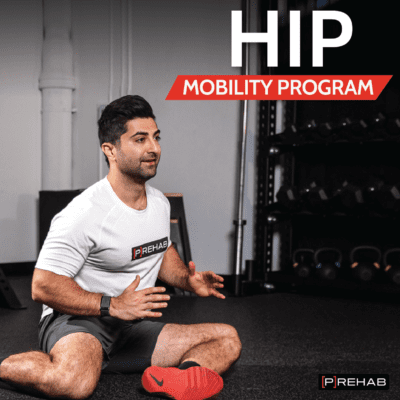
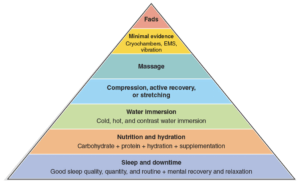
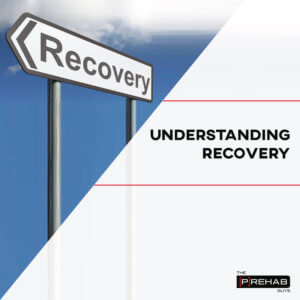
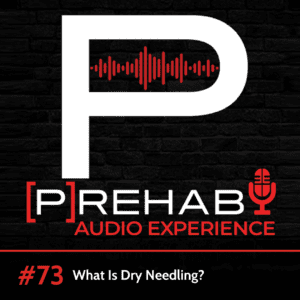
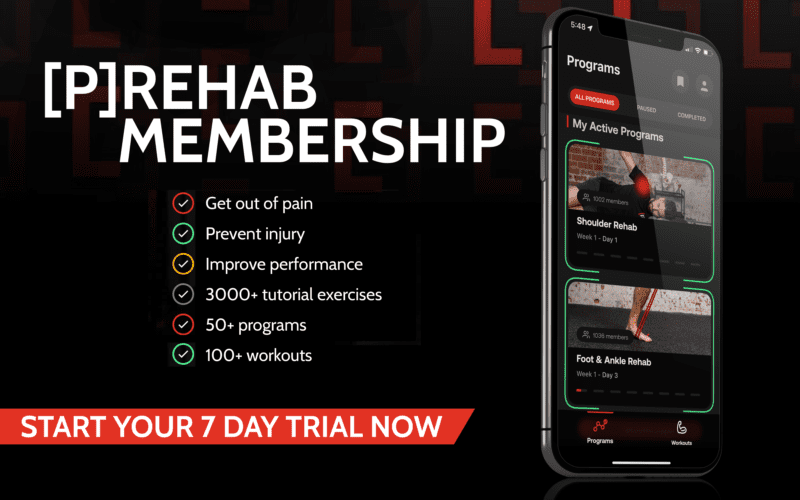
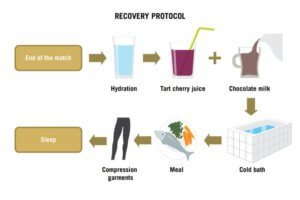
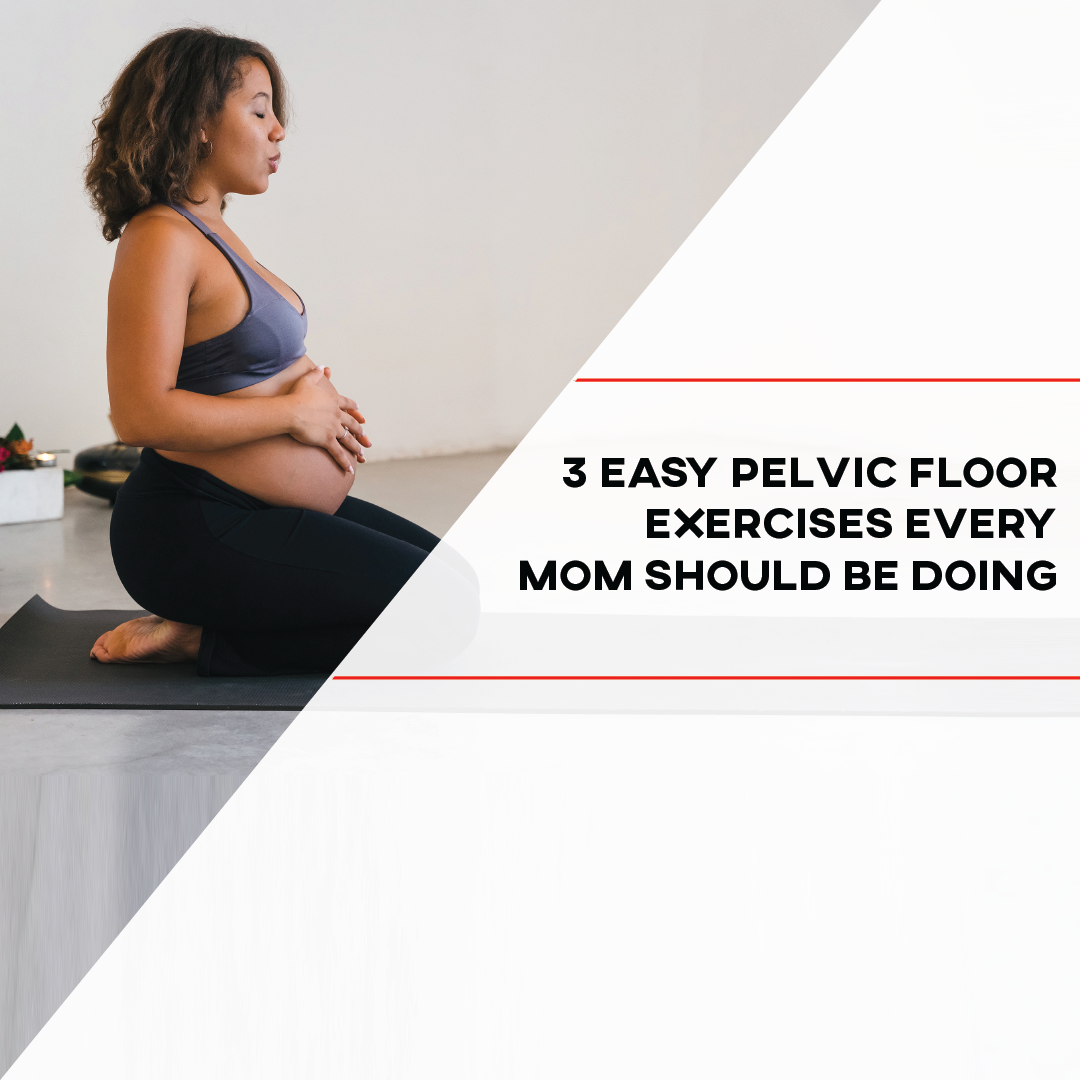
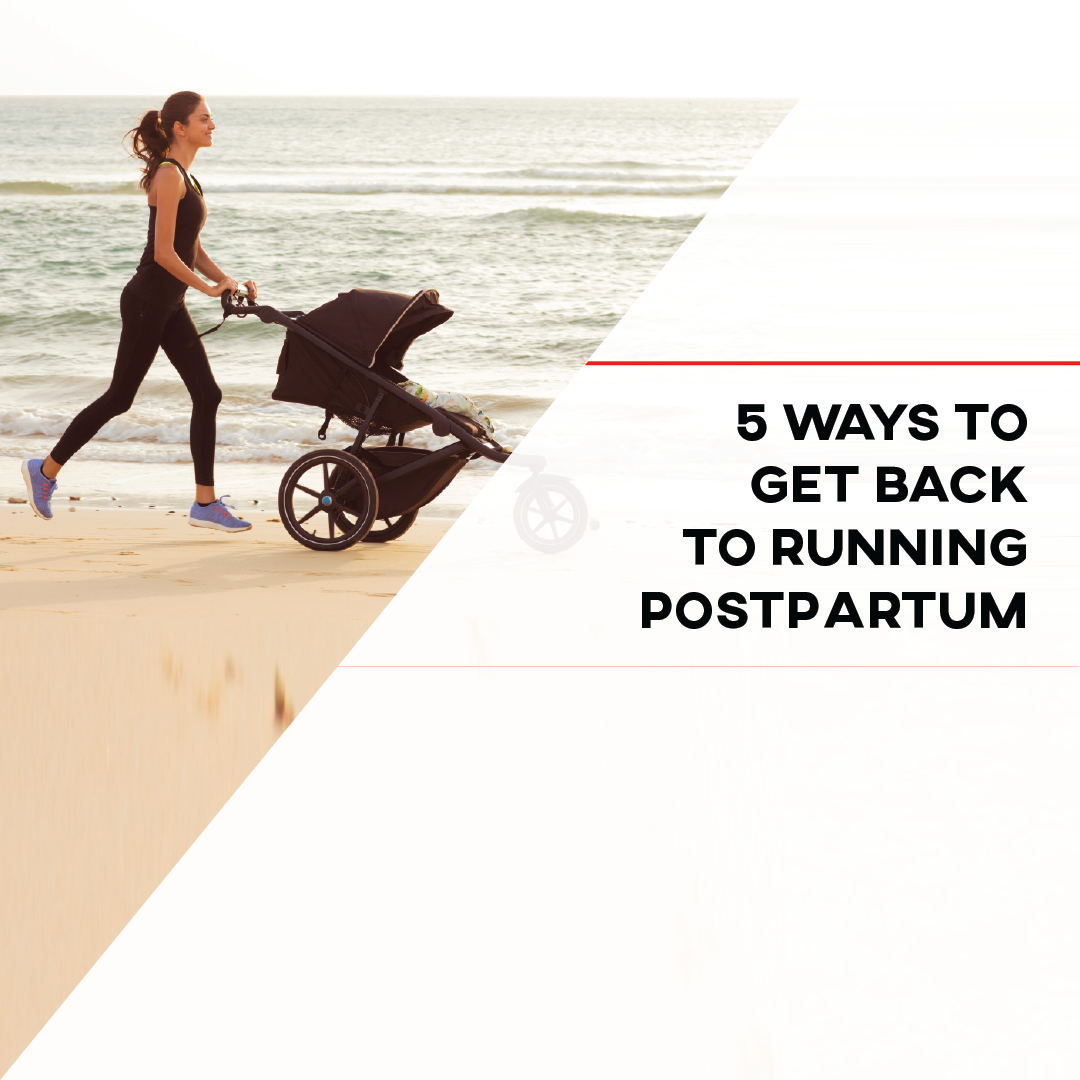
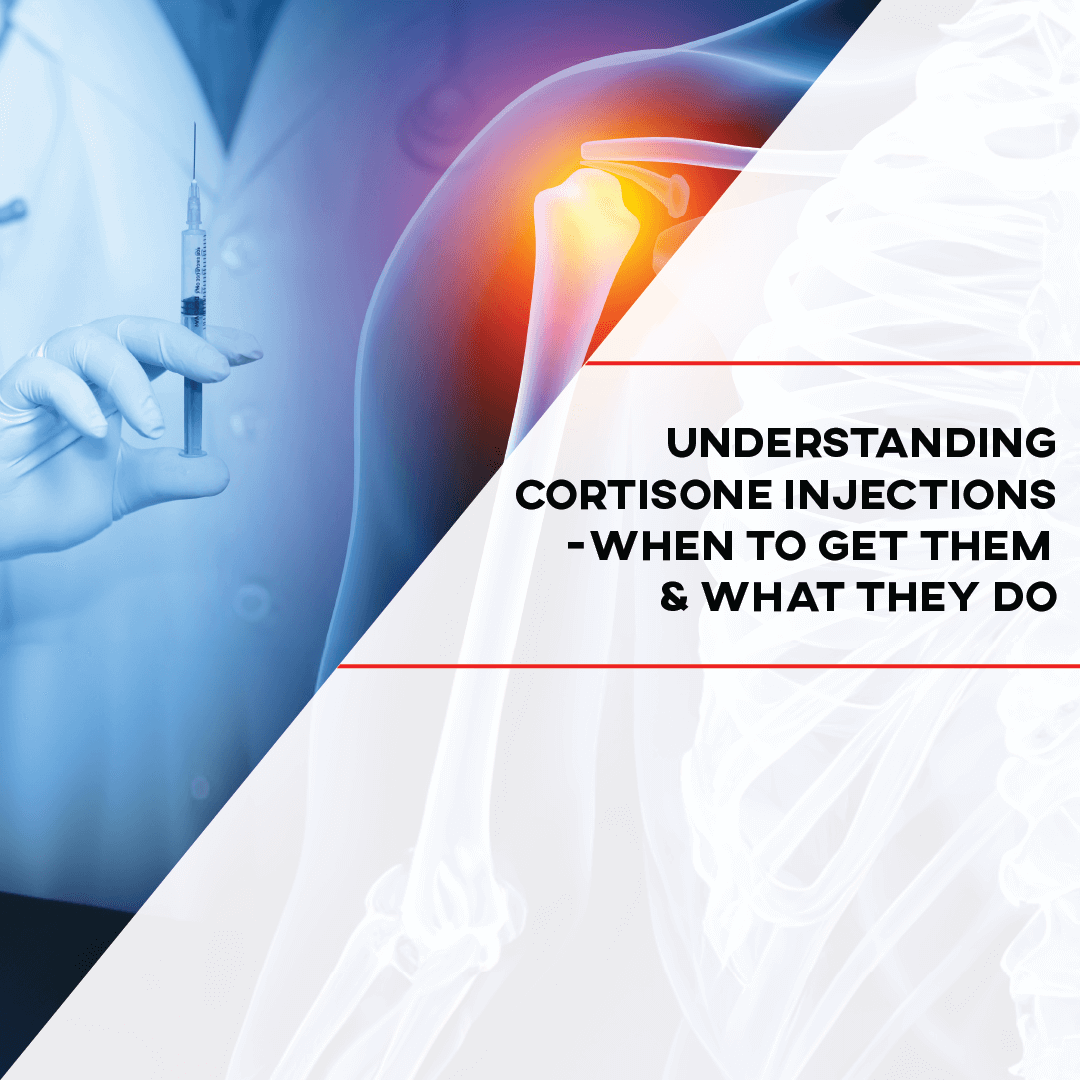

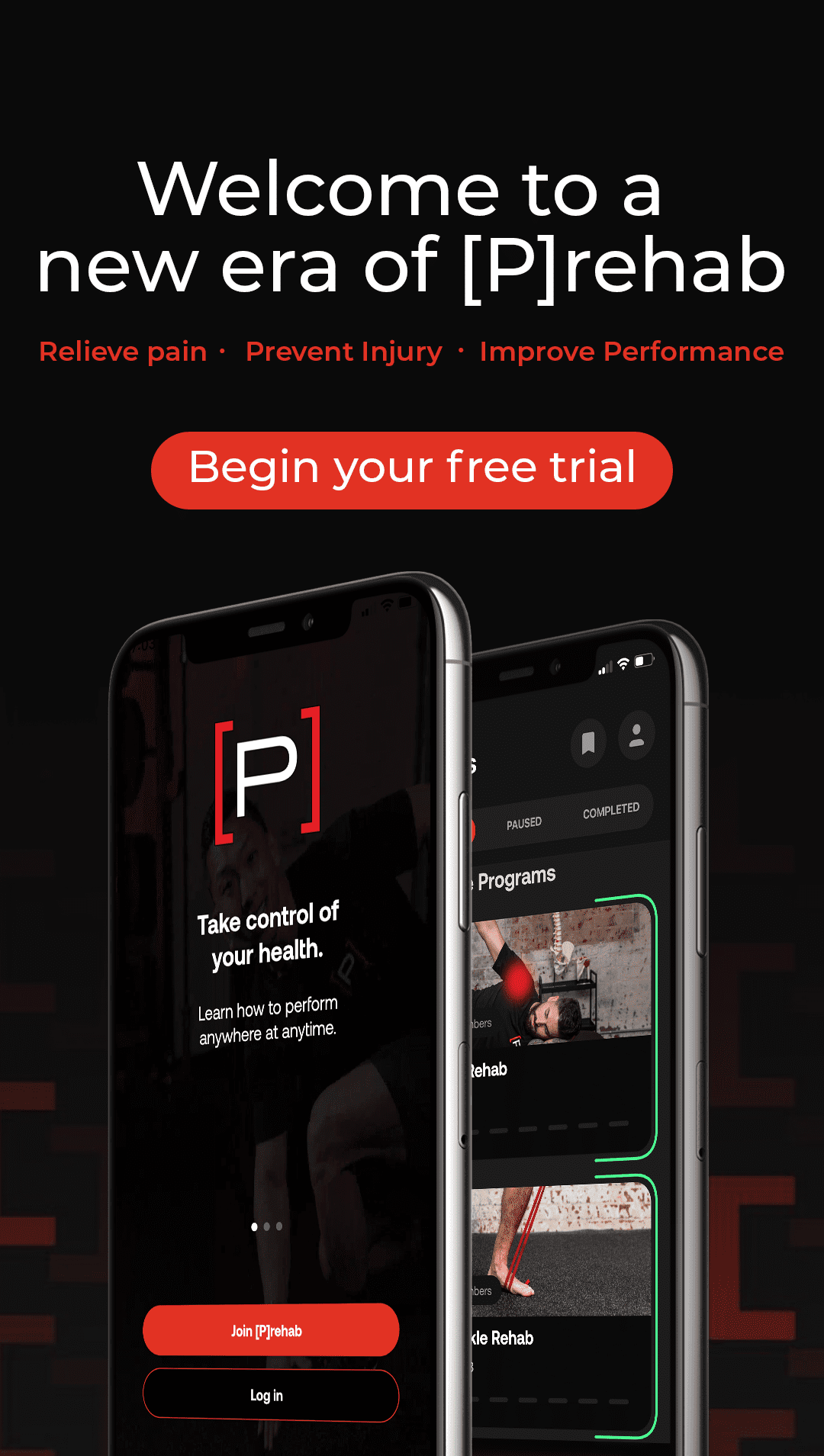



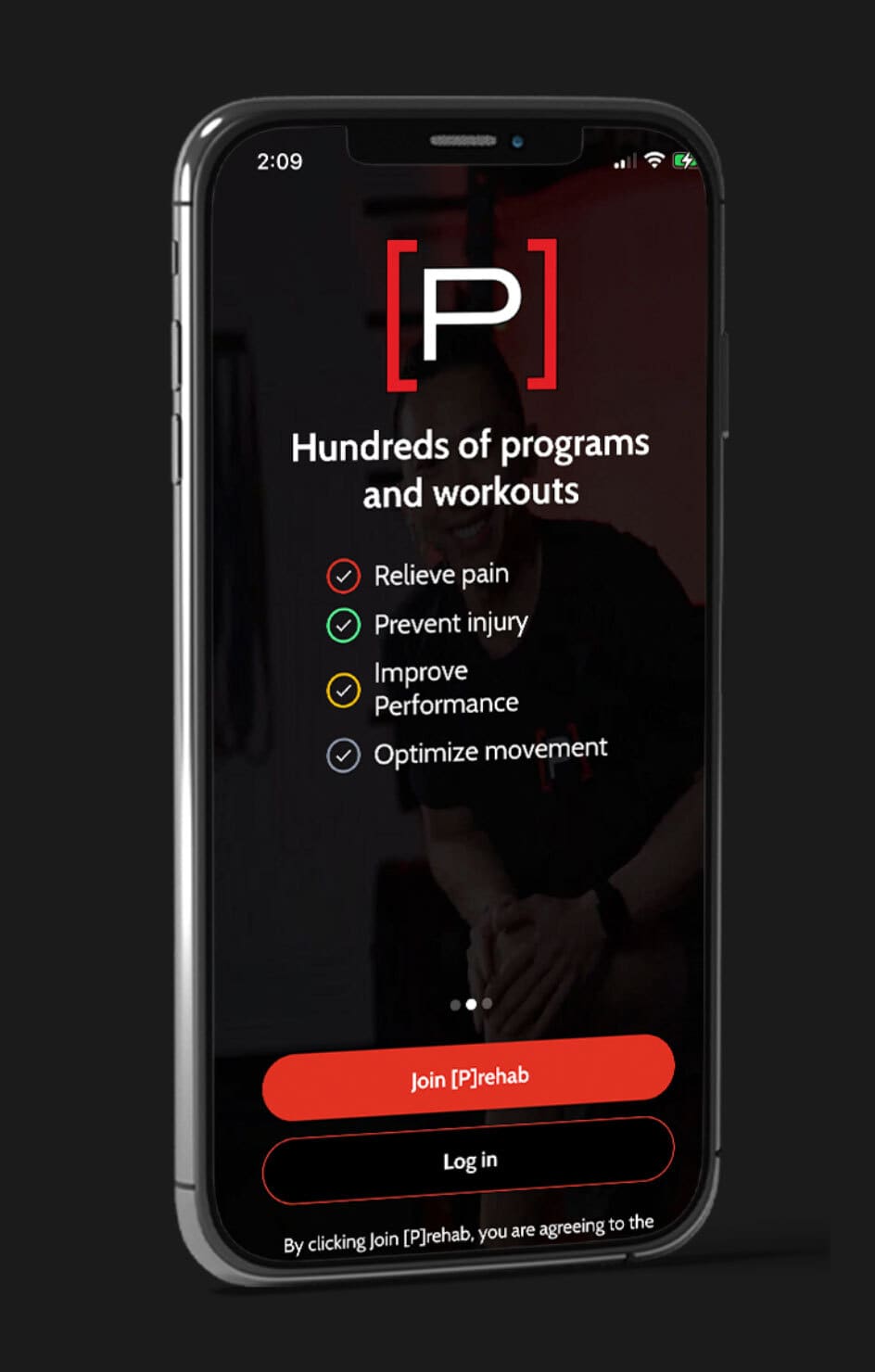

Wow, did someone in the massage field offend you. Way to “simplify” an entire field. I think you make many assumptions of why people turn to LMTs and how LMTs work with clients. I usually love the prehabguys posts. If you don’t like doing soft tissue work or think it is inappropriate for a client tell educate them on why it is contraindicated or unnecessary. Or refer them to an LMT to is happy to do the work while you concentrate on what you love. Like it or not people respond to massage when done appropriately. We may not have a “D” in front of our LMT, but those of us who take our work seriously stay educated and study hard to give our clients the best care we can. As in any field, there are those that Excell in the art and science of both LMT and PT.
Hello! Firstly, thank you for your honest response, and we would like to sincerely apologize if anything written throughout this article was offensive towards you, or the field of massage therapy, as this was not our intention by any means. As stated towards the bottom of this article, we are huge advocates for your services and perspectives from a soft tissue standpoint. We respect all healthcare professionals, and understand that interdisciplinary care is often vital to successful outcomes for patients and clientele.
It is never a goal of ours to belittle other professions or act as if physical therapists, strength and conditioning specialists, or other movement experts are superior to other professionals. The goal of this article was to provide recent evidence surrounding how massage can aid in recovery, as well as what other aspects of care should be taken into consideration. We wish you nothing but the best and are appreciative of your honesty with us!
Hey Laurel. Really sorry to hear this. “D” in front of the “PT” doesn’t give me permission to claim/educate on anything more than any of our other sports medicine friends (AT, DC, LMT, MD, PA, DO, RD, etc). To be transparent, I could write this same article in regards to manual therapies and manipulation which would likely irk some more traditionally trained physical therapists and chiropractors. The things we claim regarding many of our services just aren’t true. It doesn’t make them any less helpful (patients will still request and require our skillsets), but still doesn’t mean we should celebrate “realigning someone” or “flushing a muscle of lactic acid.” Never my intent to offend or insult anyone — but always the intent to poke the bear on things that are solidified in the field just because they’ve been threaded into the culture of sports medicine over time (massage, ice, manipulation, innominate rotation, nutrition myths, etc).
There are tons of athletes at this level who miss the boat with some of the foundational recovery strategies, but seek the “sexier” things like fancy (often silly) therapeutic exercises, flashy manual techniques and in some instances — massage. Much of this is sensationalized through Instagram, social media, etc. Massage therapy is wonderful when framed and used in the right manner. I deeply respect the LMTs I work around. Their hands are better than mine, they offer some really awesome insights to pair with the physical therapy services I provide and lastly, they’re some of the hardest working professionals I’ve had the opportunity to work around. Our LMTs grind where I work. And athletes are quick to come back with how great they leave feeling.
Anyway, would love to chat more in private on this if you’d like. Hit me up anytime at christopher@theprehabguys.com.
It is always grossly insulting to me when PTs completely devalue the importance of the work we do with elitist drivel and then fall all over themselves to say how much they still “respect” my profession. Just stop. Unfortunately, there are so many of you out there right now. I’ve used massage to help people get out of pain who have literally been in pain for years, seen every other type of clinician including PTs, and finally got out of pain with something like iliiopsoas work or trigger point work to subscapularis. I have helped people get out of painful frozen shoulder who were not progressing in physical therapy. Helped get people 100% free of back pain no amount of exercise therapy alone had touched!
It is possible to manipulate information to propagate dogma, and some (usually young, less experienced, black/white thinking,) PT’s attempt to do that by overgeneralizing and overapplying small pockets of research. Research is very important. But science is not “settled” with one unduplicated study done by twenty-something year old grad students who learned how to cross fiber friction in a book and attempted to apply the technique in a sham project. What the current available research tells us is we need better studies done by and with actual LMTs. Period. Not that massage isn’t an indispensable, extremely effective modality.
What is WILD to me is how much I love, value and support physical therapy, strengthening and conditioning. I know and network with many great PTs and tell every client I work with that soft-tissue work only gets them so far–they need to move. It’s not a competition! It should be a collaboration. But this article shows that the reciprocity just isn’t there and makes me angry and sad, because the person who misses out is the client for whom skillful bodywork could be key to their recovery.
Hello Anna!
Thank you very much for your insight on this article as an LMT. We apologize if the information and the way this article was presented made you feel as if we at Prehab are attempting to devalue the importance of your profession, as that is not our intention by any means. I do appreciate your support and the value you put into other aspects of healthcare, such as physical therapy, S & C, etc., as we also agree that collaboration is crucial for patient outcomes.
We are always open to constructive feedback of our content. Moreover, we attempt to use that feedback to bolster our content and improve it in a way that is more accurately reflective, appealing, and easily digestible to any reader. If you happen to come across any new research in the field of massage and recovery, or other suggestions, please feel free to email us at theprehabguys@gmail.com. Thank you again for your honest opinion!
All The Best,
Team [P]Rehab